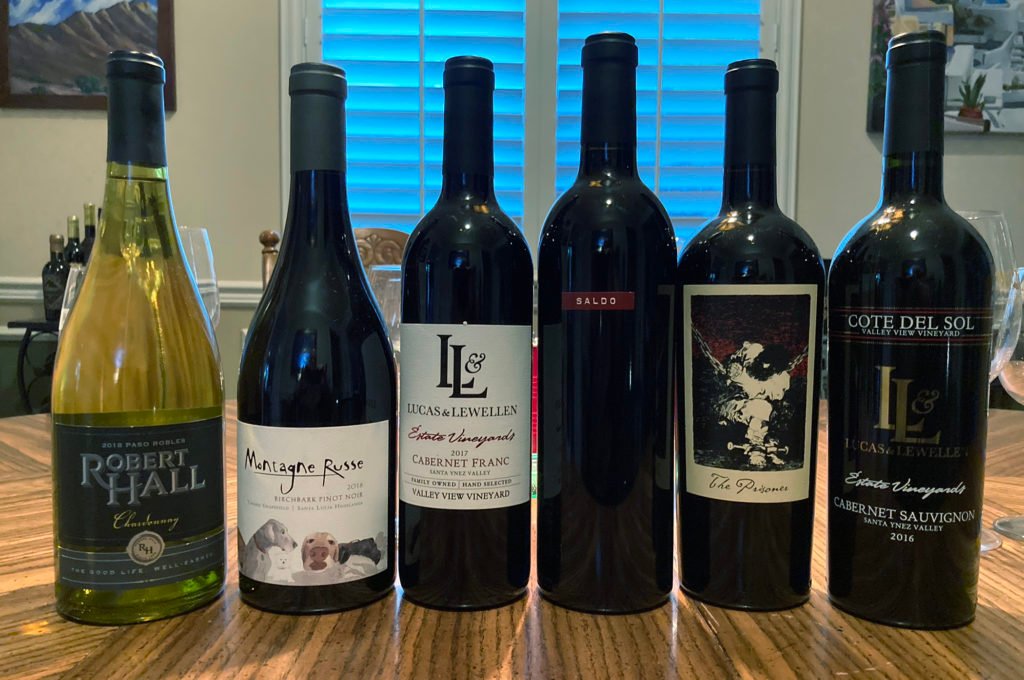The History of Cabernet Sauvignon
Cabernet Sauvignon, one of the world’s most renowned red grape varieties, has a long and fascinating history. Its origins can be traced back to the 17th century in the Bordeaux region of France. The exact parentage of Cabernet Sauvignon is still debated among wine experts, but it is widely believed to be a result of a natural crossing between Cabernet Franc and Sauvignon Blanc.

The name “Cabernet Sauvignon” itself is derived from the word “cabernet,” which is a term used in the Bordeaux region to describe the small, thick-skinned berries of the grape. The word “sauvignon” refers to the wild or savage nature of the grape, which can sometimes be unruly if not properly cultivated. The first recorded mention of Cabernet Sauvignon was in the late 18th century, but it wasn’t until the 19th century that the grape gained significant recognition and popularity.
Related:-Woodworking Jobs Near Me: Building a Career with Passion
Over the years, Cabernet Sauvignon has become a global icon in the wine world. It has successfully adapted to various regions around the world, with each terroir imparting its own unique characteristics to the wine. From the woodwork of California’s Napa Valley to the rugged terrain of Argentina, Cabernet Sauvignon has proven its versatility and ability to produce exceptional wines. In 2019, it was estimated that Cabernet Sauvignon was the second most widely planted grape variety, further solidifying its place in the world of wine.
The Characteristics of Cabernet Sauvignon Grapes
Cabernet Sauvignon grapes are known for their outstanding quality and ability to produce full-bodied, bold red wines. These grapes thrive in warm climates with moderate rainfall, allowing them to fully ripen and develop their distinct characteristics. One notable trait of Cabernet Sauvignon grapes is their thick skin, which contributes to their rich color and high tannin levels. The deep blue-black hue of the grapes gives the resulting wine its intense, dark red color, often described as garnet or deep purple.
In addition to their appearance, Cabernet Sauvignon grapes offer a complex range of flavors and aromas. In terms of taste, these grapes are known for their bold and powerful profile, featuring notes of blackcurrant, dark cherry, and plum. The presence of herbal undertones, such as mint or eucalyptus, adds another layer of complexity to the wine. On the nose, Cabernet Sauvignon wines often exhibit enticing aromas of blackberry, cedar, tobacco, and hints of vanilla, thanks to the influence of oak aging. These characteristics combine to create a wine that is both robust and sophisticated, making it a favorite among wine enthusiasts and collectors alike.
The Winemaking Process for Cabernet Sauvignon
The winemaking process for Cabernet Sauvignon starts with the careful selection and harvesting of the grapes. This varietal is known for its thick skins, which contribute to its deep color and tannin structure. Once the grapes are picked, they are immediately transported to the winery to begin the fermentation process.

During fermentation, the grape juice undergoes a transformation as yeast converts the sugars into alcohol. This critical step in winemaking can take anywhere from one to three weeks, depending on the desired characteristics of the final wine. Temperature control is crucial during fermentation to ensure the proper extraction of flavors and tannins. After fermentation, the young wine is pressed off the grape solids and transferred to barrels or tanks for aging.
Oak Aging and Its Influence on Cabernet Sauvignon
Oak Aging and Its Influence on Cabernet Sauvignon
Oak aging is a critical process in winemaking that can greatly impact the flavor, structure, and overall character of Cabernet Sauvignon. When placed in oak barrels, the wine begins to interact with the wood, absorbing compounds that contribute to its unique profile. The key chemical components responsible for this interaction are known as phenolics, which include tannins, vanilla, and various aromatic compounds.
Tannins play a significant role in the aging process, providing structure and astringency to the wine. During oak aging, the tannins in Cabernet Sauvignon have the opportunity to soften and mellow, making the wine more approachable over time. This gradual transformation allows the wine to develop complexity and balance, providing a pleasant mouthfeel. Additionally, the interaction between the wine and oak barrels can contribute to the development of flavors such as vanilla, spice, and toasted notes, enhancing the overall aromatic profile of the wine.
Pairing Cabernet Sauvignon with Food
When it comes to pairing Cabernet Sauvignon with food, there are a few general guidelines that can help you make the most of this classic wine. Firstly, due to its bold and structured nature, Cabernet Sauvignon pairs well with rich and savory dishes. The wine’s high tannin content helps to cleanse the palate, making it a good match for fatty cuts of meat, such as grilled steak or braised lamb. The wine’s deep flavors of blackberry, black cherry, and cedar also complement charred flavors, making it an excellent choice for barbecued meats and roasted vegetables.
In addition to meats, Cabernet Sauvignon can also be paired with hard, aged cheeses like cheddar or gouda. The wine’s strong character can stand up to the intense flavors of these cheeses, creating a harmonious balance on the palate. For those with a sweet tooth, dark chocolate can also be a great match for Cabernet Sauvignon, as the wine’s boldness can enhance the richness and complexity of the chocolate.
Understanding the general guidelines for pairing Cabernet Sauvignon with food can be helpful, but it’s important to remember that individual palates may have different preferences. The key is to experiment and find combinations that you enjoy. Whether you’re indulging in a juicy steak or savoring a piece of dark chocolate, Cabernet Sauvignon offers a versatile and flavorful accompaniment to a wide range of dishes.
Exploring the Different Regions for Cabernet Sauvignon
When it comes to exploring the different regions for Cabernet Sauvignon, wine enthusiasts are in for a treat. This classic red grape varietal has successfully adapted to numerous climates and soil types around the world, resulting in a diverse range of regional expressions. From the renowned vineyards of Bordeaux, France, to the sun-soaked valleys of California, each region brings its own unique characteristics to this beloved varietal.
In Bordeaux, Cabernet Sauvignon takes center stage in the famous blends of the Left Bank, particularly in the esteemed appellations of Médoc and Pauillac. Here, the maritime climate and gravelly soils provide ideal conditions for the grape to thrive. The resulting wines are often full-bodied, with elegant tannins and flavors of blackcurrant, cedar, and graphite. Moving across the Atlantic, Napa Valley in California has gained a reputation for producing bold and opulent Cabernet Sauvignon wines. The warm Mediterranean climate and diverse range of soil compositions contribute to the rich flavors of dark berries, chocolate, and vanilla that are characteristic of many Napa Valley Cabernet Sauvignons.
What is the history of Cabernet Sauvignon?
Cabernet Sauvignon is a red grape variety that originated in the Bordeaux region of France in the 17th century. It is believed to be a cross between Cabernet Franc and Sauvignon Blanc.
What are the characteristics of Cabernet Sauvignon grapes?
Cabernet Sauvignon grapes are small and thick-skinned, which gives the resulting wines their deep color and high tannins. They are known for their intense flavors of blackcurrant, blackberry, and cedar, as well as their ability to age well.
What is the winemaking process for Cabernet Sauvignon?
After the grapes are harvested, they are crushed and fermented with the skins to extract color, tannins, and flavor. The wine is then aged in oak barrels for a period of time, depending on the desired style and quality.
How does oak aging influence Cabernet Sauvignon?
Oak aging can add flavors of vanilla, spice, and toasted oak to Cabernet Sauvignon, as well as soften its tannins. It also allows the wine to develop more complexity and improve with age.
What are some food pairings for Cabernet Sauvignon?
Cabernet Sauvignon pairs well with rich, flavorful dishes such as grilled steak, lamb, or game meats. It also complements aged cheeses and dishes with savory herbs like rosemary and thyme.

Which regions are known for producing Cabernet Sauvignon?
Bordeaux in France, particularly the left bank of the Gironde River, is renowned for its Cabernet Sauvignon blends. Other notable regions include Napa Valley in California, Coonawarra in Australia, and Maipo Valley in Chile.




